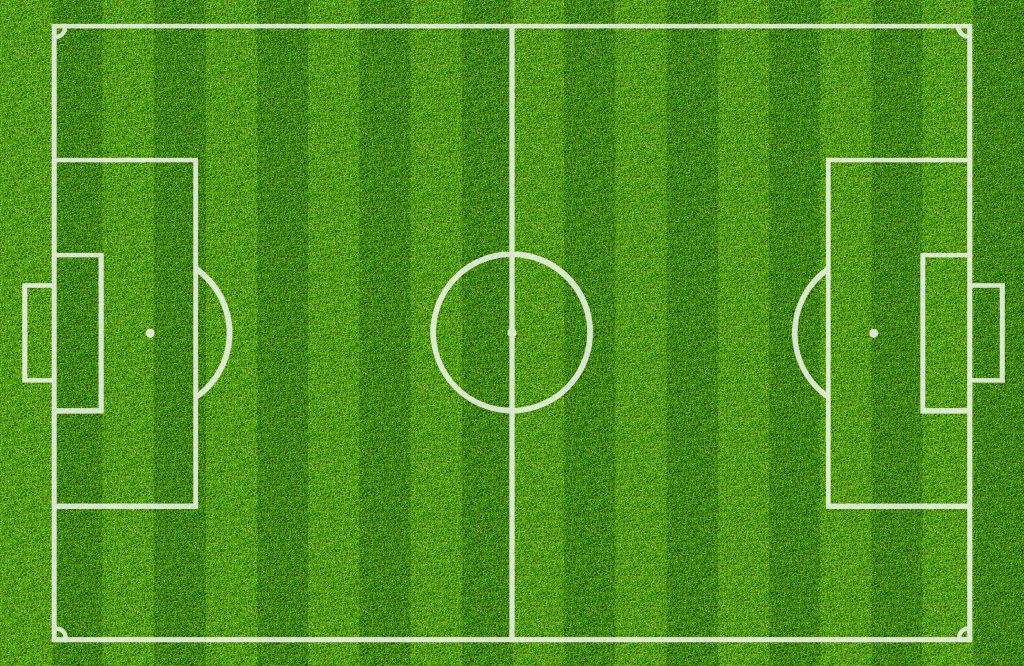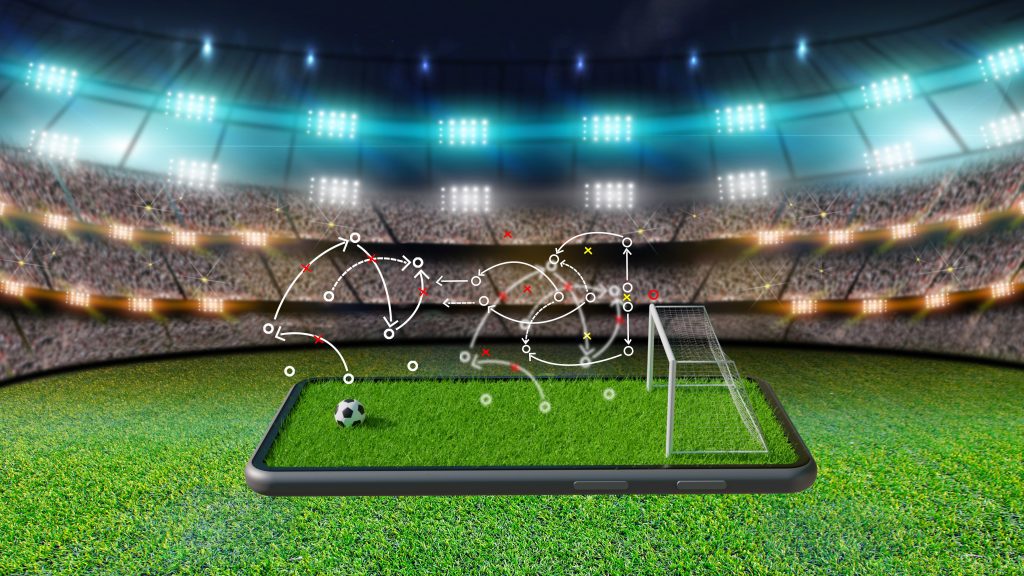What Are The Thirds Of A Soccer Field?
In soccer, the thirds help with the proper understanding of the ideas of positioning, risk-taking, and the development of a mutual language to convey the playing pattern of a team. The concept of thirds will enable players to be more conscious of their roles on the field of play and will also guide their decision-making.
Coaches or managers who choose to adopt the concept of thirds are only aiding themselves to be more effective at doing their jobs properly. Here are the various thirds in soccer:

The Defensive Third
Also regarded as the first third, it extends from your defensive area to 40 yards up the field. This is the area where play begins from when a team is in possession of the ball. The goalkeeper, center backs, and full-backs make up this third.
The Middle Third
This third extends 20 yards on either side of midfield (another 40 yards). Basically, the midfielders (defensive, center, attacking/offensive) make up this third. This is the engine room of the team, and it is also where incisive movements and passes leading to goals are usually orchestrated.

Attacking Third
This is also known as the final or offensive third. This third begins at the end of the middle third and extends towards the opponent’s goal. When the ball is continually probed in the attacking third, more pressure will be piled on the opponents, and this is where most fans and coaches always want their team to have most of the ball.
The concept of the thirds usually involves positioning, common language, and risk-taking on the part of the players and coaches.
